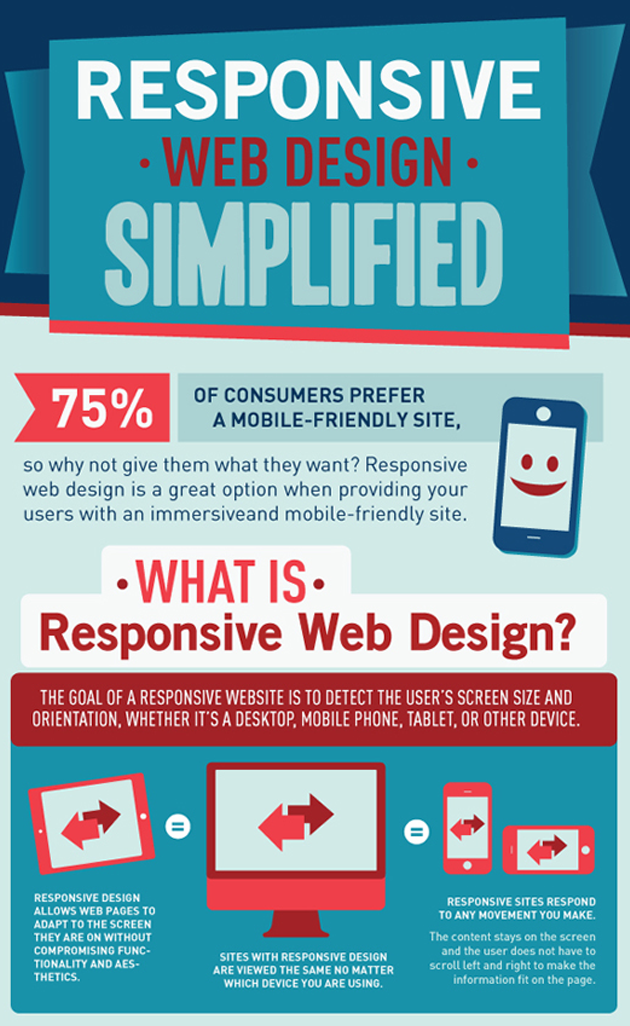Internet Site Design Basics: Tips For Structure A User-Friendly Website
Internet Site Design Basics: Tips For Structure A User-Friendly Website
Blog Article
Material Author-Hovmand Gammelgaard
When it involves web site design, making certain user-friendliness is vital. From receptive design to structured navigation, every component plays a vital duty in producing a site that caters to your target market's needs. But what regarding the finer information that can make or break a user's surfing experience? Keep tuned as we discover some often-overlooked tips that can boost your web site's use to the following degree, making it truly stick out in the digital landscape.
Value of Responsive Layout
Responsive design is a critical facet of modern-day site development. Ensuring your website is receptive ways that it can adapt to different screen dimensions and gadgets, supplying a seamless experience for customers.
With the enhancing use of mobile phones and tablet computers to access the web, having a responsive style is important for reaching a bigger target market. It aids in enhancing user experience by making your site very easy to navigate and read on any kind of tool.
Additionally, seo engine can favorably affect your internet search engine positions, as internet search engine like Google focus on mobile-friendly web sites. By having a responsive design, you're additionally future-proofing your site, as new devices with varying screen dimensions continue to arise.
Simplify Navigating Framework
To boost user experience and assist in very easy access to details on your internet site, simplifying the navigation framework is paramount. When developing your site, focus on creating a clear and instinctive navigating food selection that aids site visitors find what they're trying to find swiftly.
Limitation the number of menu things to the basics, grouping related pages with each other to avoid overwhelming users. Use descriptive labels that plainly show the material of each web page, making it easier for individuals to comprehend where each web link will take them.
Think about implementing dropdown menus for subcategories to avoid cluttering the primary navigation bar. In addition, consist of a search bar plainly on the page for individuals who prefer looking for specific information.
Focus on mobile responsiveness in your navigating layout to make certain very easy accessibility on all devices.
Enhance Page Lots Rate
Improving web page lots speed is crucial for keeping visitors on your website. Slow-loading pages irritate individuals and can bring about high bounce rates. To maximize page lots speed, start by maximizing images. Compress https://blog.thomasnet.com/must-haves-marketing-strategy-steel-industry without jeopardizing quality to decrease their documents sizes.
In addition, enable browser caching to store often accessed resources in your area, accelerating tons times for returning site visitors. Minify CSS, JavaScript, and HTML documents by removing unnecessary personalities, remarks, and format, boosting lots speed.
Take into consideration utilizing a content shipment network (CDN) to disperse your site's web content across several servers worldwide, reducing latency for individuals accessing your site from different locations. Last but not least, limit making use of third-party scripts and plugins, as they can considerably impact load times.
Final thought
In conclusion, by including receptive design, simplifying navigating, and optimizing web page lots speed, you can create an user-friendly site that appeals to a wider audience and boosts customer experience. These essential elements make sure that site visitors can quickly gain access to and navigate your website across different tools, bring about increased involvement and fulfillment. By focusing on these key aspects, you can build an effective web site that keeps customers coming back for more.
